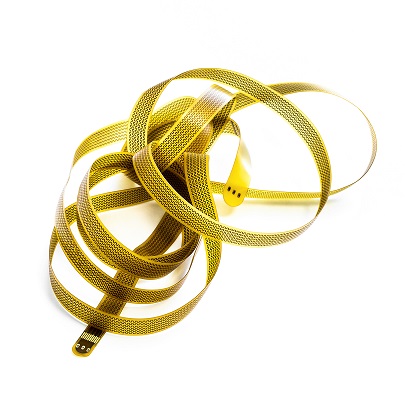Flexible Printed Circuits (FPCs) without limit on length are driving product innovation through improved harness technology
Design engineers are applying Trackwise-patented Improved Harness Technology (IHT) FPC technology to solve their design challenges and enable smarter and more advanced products.
Trackwise’s IHT process enables the manufacture of multi-layer, flexible printed circuits of unlimited length, delivering significant space and weight savings, increased reliability and repeatability, and reduced assembly time. IHT FPCs can withstand the harsh environments found in aerospace, automotive and industrial applications, but can also be made small enough to replace microwires in medical applications such as catheters.
“The diversity of applications using our IHT FPCs to drive product innovation is huge,” says Philip Johnston, CEO, Trackwise. “Design engineers have been quick to recognise the significant advantages of IHT FPCs. It is inspiring to see their visions for future products being realised as they take advantage of replacing conventional interconnections and wiring harnesses with our lightweight, smaller, cheaper, more reliable and repeatable alternatives.”
The IHT FPCs can be used across multiple applications including:
Agricultural Technology – FPCs of any length can feature sensors that enable the monitoring and control of lighting, climate and irrigation.
MedTech – Improved sensing, connectivity and intelligence provided by IoT and wearable technologies offer new ways to effectively manage the health needs of an ageing population, helping maintain independence, while also increasing comfort and security. Sensors can be sewn into clothing or incorporated into wearable devices, allowing continuous remote monitoring.
Industrial sensing – Long FPCs featuring pressure sensor arrays, strain gauges or linear measurement sensors can be used to monitor position and speed, for example.
“Design engineers are resourceful problem-solvers that are applying these innovative flexible printed circuit technologies to solve their design challenges and enable smarter and more advanced products across a diverse range of industry sectors and applications,” concludes Johnston.
- UK manufacturing steps up to COVID-19 crisis - April 2, 2020
- Clustering Innovation - March 12, 2020
- A Global Monitor - March 6, 2020

